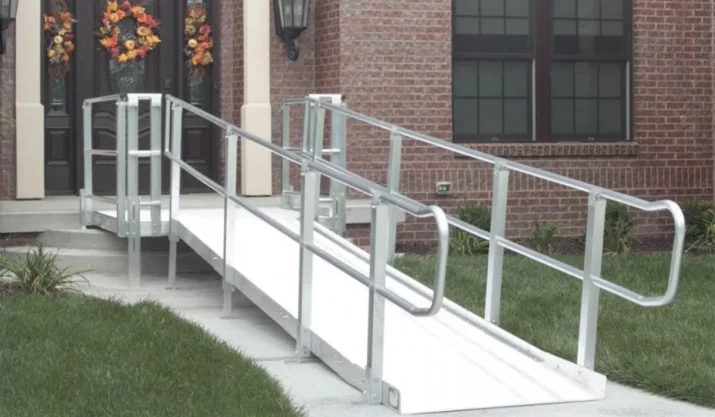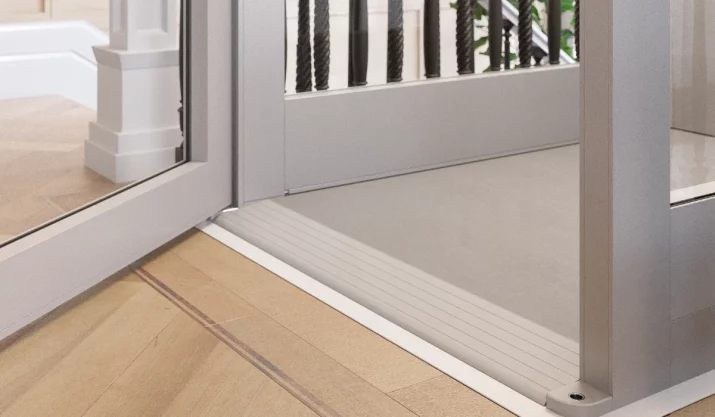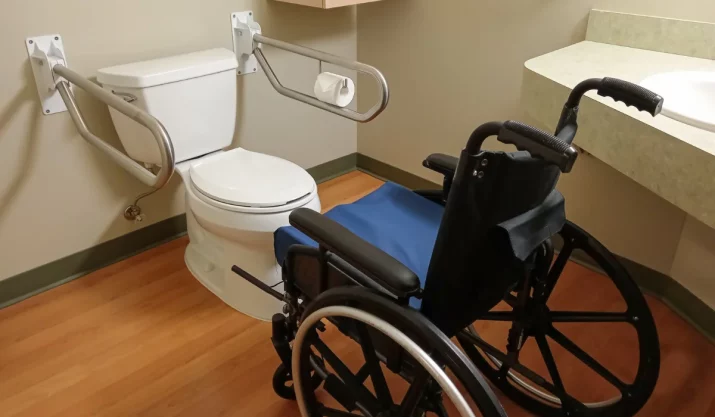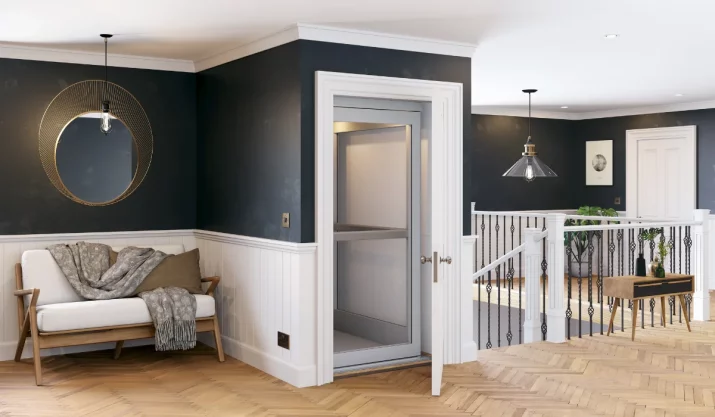Is Your Home Ready for a Wheelchair Ramp?

Table of Contents
Planning to make your home safer and more accessible is a big decision, especially if you’re preparing for aging in place or supporting a loved one.
One of the first things many people look at is installing a wheelchair ramp. It’s a smart way to improve home access and give someone more freedom to move around safely.
But before you buy or install a ramp system, it’s important to ask: Is your home actually ready for one?
Here’s what to look at before you get started.
Key Takeaways
- The slope of your yard and entry height determine the appropriate ramp length and style.
- The type of mobility aid being used affects the ramp’s surface, strength, width, and weight capacity needs.
- Local rules, California weather, and long-term goals matter when choosing safe, ADA-compliant materials and ramp kits.
- Expert help from California Mobility makes it easier to install the right ramp and improve home access safely.
Your Yard and Home Layout
Homes in California are built on all kinds of land, from flat lots in Sacramento to hilly ones in Los Angeles. The shape of your yard and the slope around your home can change what type of access ramp will work.
- Steep yards might need modular wheelchair ramps that can be built in pieces to match your layout.
- Flat homes may only need a short entry ramp or a portable wheelchair ramp.
Also, your ramp length matters.
The higher the door, the longer the ramp needs to be to follow the ADA requirements. This makes sure the slope is safe and not too steep, especially for wheelchair users or scooter users.
The Type of Mobility Device
Is the person using a manual wheelchair, a power chair, or a walker?
Different mobility aids need different ramps.
Power chairs need sturdier ramps with higher weight limits and durable materials like aluminum wheelchair ramps or solid surface styles. Make sure you choose a ramp that fits the needs of today and tomorrow.
The Doorway and Threshold
Not all doors are easy to get through with a wheelchair or walker. Raised door frames or small steps can make it tough.
That’s where threshold ramps and rubber threshold ramps come in. These help with small transitions, like a step or bump at the door.
If you’re setting up a ramp for long-term use, think about all the ways someone enters or exits your home. You might need more than one ramp, especially if you add a stair lift later and want a backup way to get in or out.
Local Building Rules and Permits
In California, most cities and counties have rules about building ramps, especially handicap ramps that are permanent. You may need a permit, and the ramp must often meet ADA accessibility standards.
Each city has different rules, so check with your local building office before starting.
Or better yet, work with a pro who knows the rules and can help you avoid mistakes that could cost time and money later.
Ramp Materials and Weather
California has different weather depending on where you live.
- If you’re near the coast, you’ll want materials that can handle moisture.
- If you’re inland, you might need something that can take the heat.
Ramp materials like aluminum wheelchair ramps with non-slip or slip-resistant surfaces hold up well and stay safe in both dry and wet conditions.
Some ramp kits from companies like EZ-ACCESS even come with a warranty that protects your purchase over time.
If you’re shopping online, make sure the ramp you’re buying, whether from a local dealer or Amazon, is made to last and fits California’s climate.
Who Will Be Using the Ramp
The ramp isn’t just for the person in the chair. It might be used by a caregiver, visiting nurse, or even a grandchild helping a loved one up the steps.
Make sure the ramp is wide enough and has handrails on both sides for added safety.
If more than one person will be using the ramp at the same time, or if someone will be pushing a chair, look for designs that are strong, wide, and safe for everyday use.
Need Help Getting Started? California Mobility Can Guide You
At California Mobility, we specialize in helping homeowners across the state choose the right ramp for their needs. Whether you’re looking for something temporary, something long-term, or need help making sure your setup is ADA compliant, we’re here for you.
We’ll take a look at your home, talk with you about your needs, and recommend access solutions that are safe, strong, and built to last.
Get in touch with our team to find a safe, lasting solution that works for your home and family.






